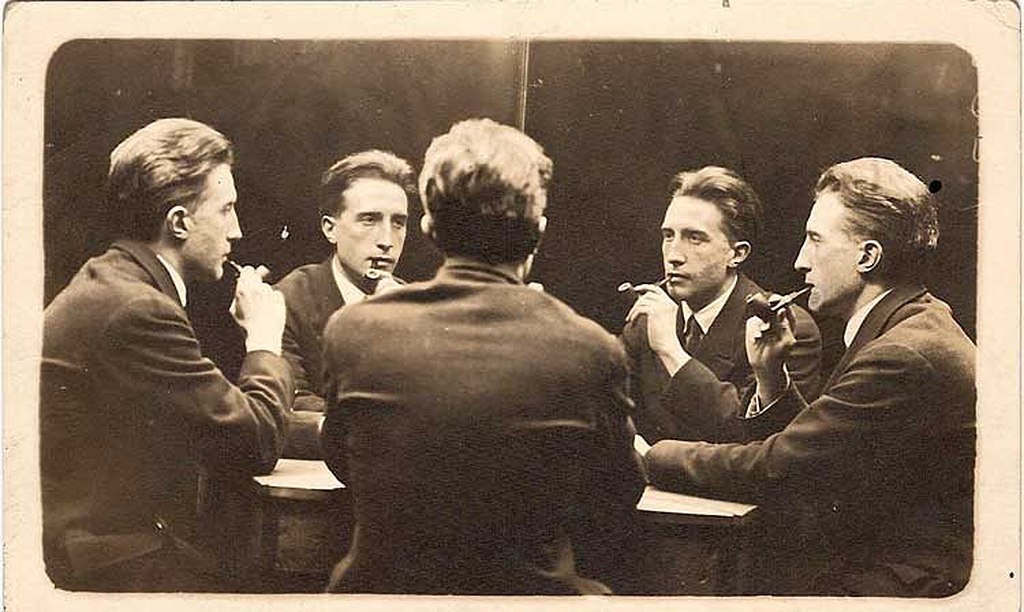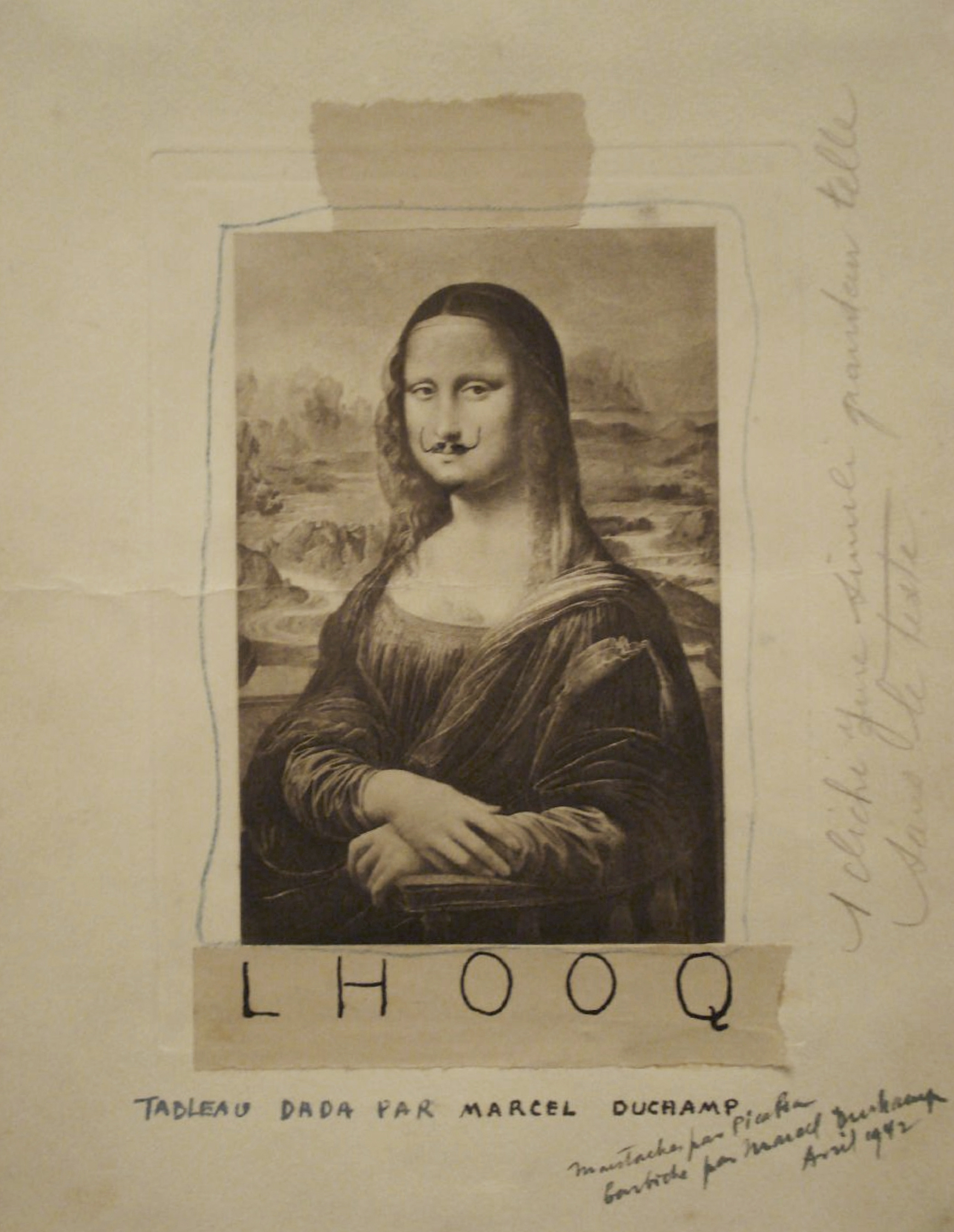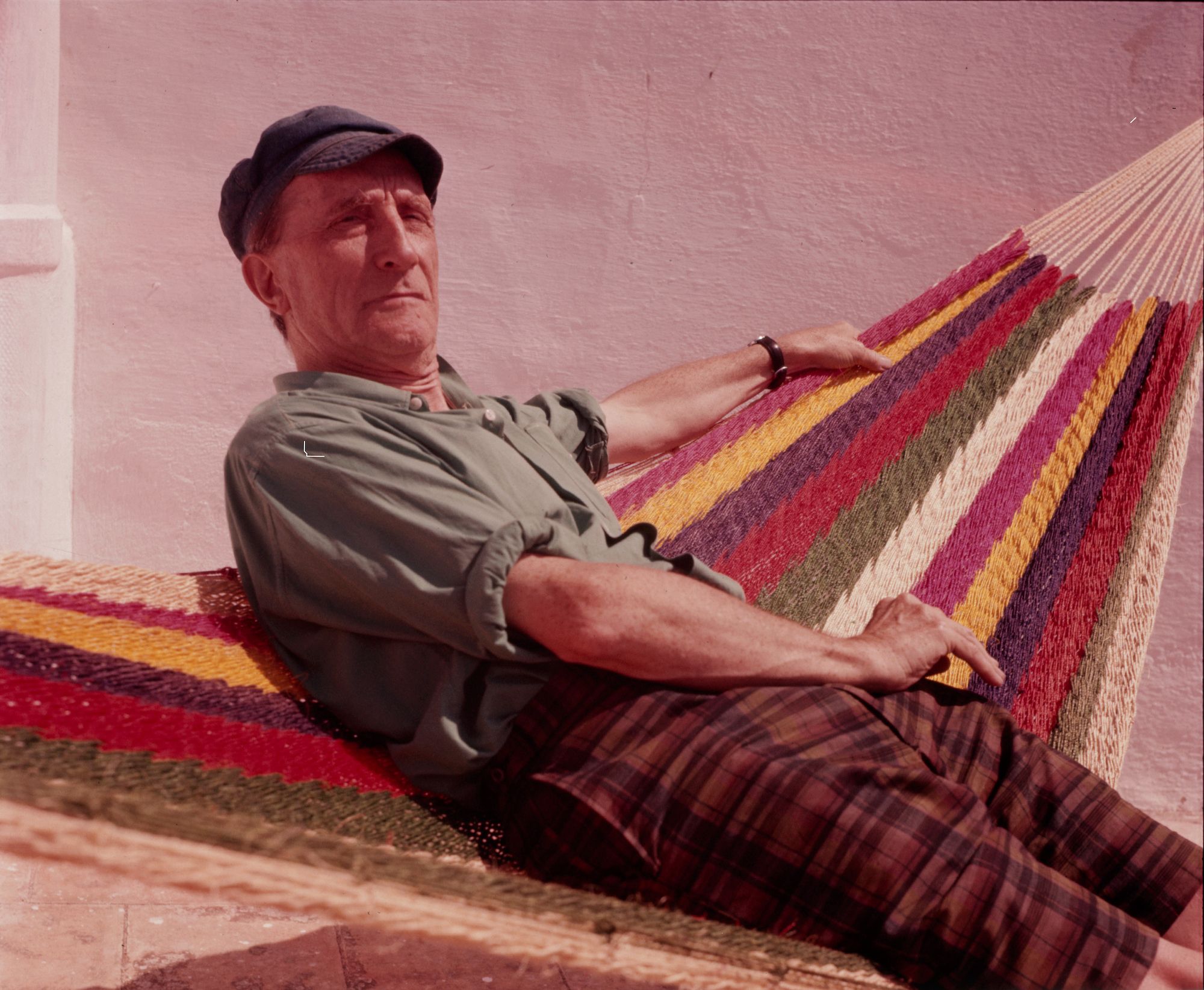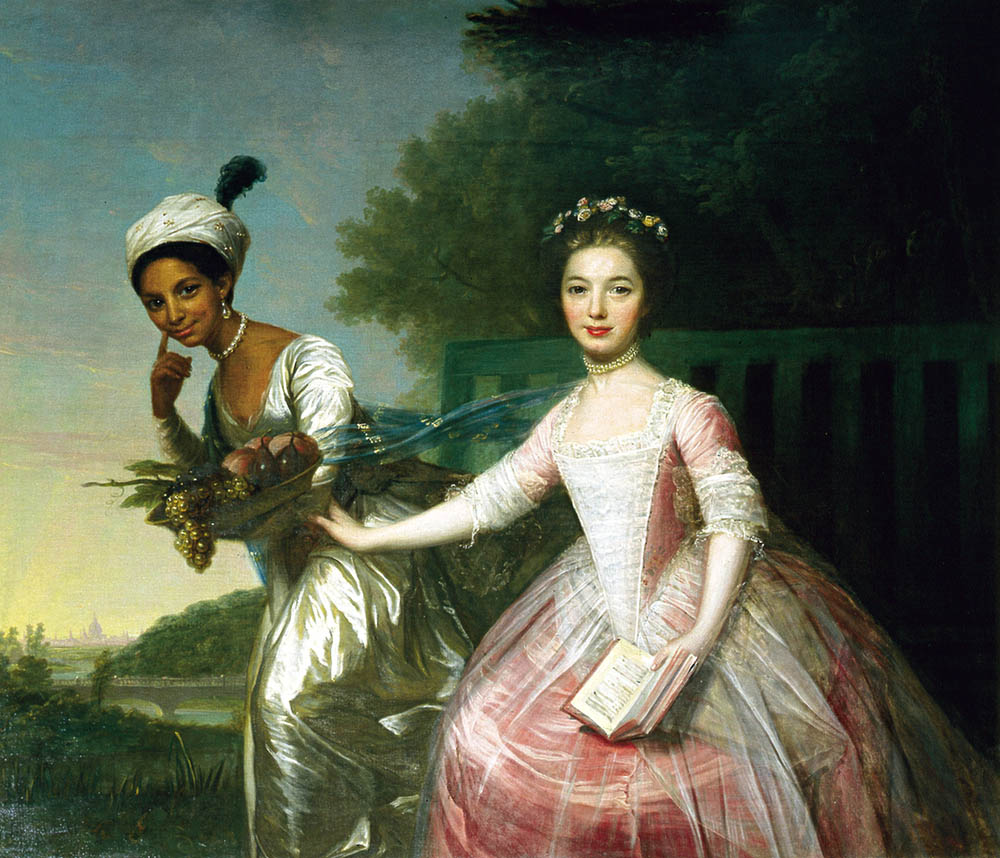On the surface of things, Anthony Roth Costanzo, the internationally-recognized countertenor and Justin Vivian Bond, the subversive performance artist best known for their creation Kiki DuRane, “an alcoholic battle-axe with a throat full of razor-blades,” would have little reason to share a mic, let alone inhabit the same stage.
Leave surfaces behind!
Their genre-defying, just released album, Only An Octave Apart, explores the depths that lurk beneath them, finding common cause between their chosen art forms and then some. The album’s title, a nod to the opening number of a Metropolitan Opera television special starring comedian Carol Burnett and operatic soprano Beverly Sills, is just the tip of the iceberg.
As they state in the program notes for a recent appearance with the New York Philharmonic at Jazz at Lincoln Center:
We each sound different from what you would expect when you look at us. The juxtaposition of our voices, personalities, and repertoire subverts notions of high and low, be it in terms of pitch, cultural echelon, or degrees of camp — not to mention the difference in height.
If you thought David Bowie and Freddie Mercury sent things into the stratosphere when they joined forces on “Under Pressure,” listen to Costanzo and Bond’s take, above.
Their Dido’s Lament / White Flag Medley smashes the musical binary with a delicacy that is given room to grow.
Costanzo begins with two and a half soaring minutes from Henry Purcell’s Dido & Aeneas.
Introducing the number at Jazz at Lincoln Center, he recalled how Dido & Aeneas was one of his first professional opera gigs at 19. No, he wasn’t cast as the fatally distraught Queen of Carthage, a diva role he’s eyed for years, but rather the Second Woman and First Witch.
(“Second Woman / First Witch…sounds like the story of my life,” Bond marveled. “I own it! Can you imagine if you were First Woman and Second Witch?”)
Costanzo got his chance at Dido in the summer of 2020 when, with performance venues still closed due to the pandemic, he hatched an idea to cart Philharmonic musicians and guest singers around the city’s five Boroughs in a rented pickup dubbed the NY Phil Bandwagon. 80-some free performances later, he felt ready to record.
When Bond joins in, it’s with English singer-songwriter Dido’s 2003 chart topper, White Flag, which also speaks to the pains of love. The sincerity of the performers causes a gorgeous alchemical reaction to soften the positions of more than a few staunch opera-phobes and pop-deniers.
(“The wonderful thing about the opera,” Bond cracks, “is when you wake up, you’re at the opera!”)
Their Egyptian Sun mash up is born of an even cannier pairing — The Bangles’ mid-80s hit, Walk Like An Egyptian and Philip Glass’ ancient Egypt-themed minimalist modern opera, Akhnaten, in which Costanza recently starred, making his first entrance nude and flecked with gold.
Other treasures from this fruitful collaboration include skillful intertwinings of Tom Jobim’s Bossa nova favorite Águas de Março (Waters of March) with Gioachino Rossini’s Cinderella-themed confection La Cenerentola, and Gluck’s 18th-century masterpiece, Orfeo ed Euridice with Don’t Give Up, a “message of hope in the bleakest of moments” and a hit for Peter Gabriel and Kate Bush when Bond was a year out of college…and Costanzo was four.
Listen to Only an Octave Apart in its entirety on YouTube or Spotify.
Anthony Ross Costanzo will reprise his role as the revolutionary pharaoh, Akhnaten, at the Metropolitan Opera later this spring.
- Ayun Halliday is the Chief Primatologist of the East Village Inky zine and author, most recently, of Creative, Not Famous: The Small Potato Manifesto. Follow her @AyunHalliday.





